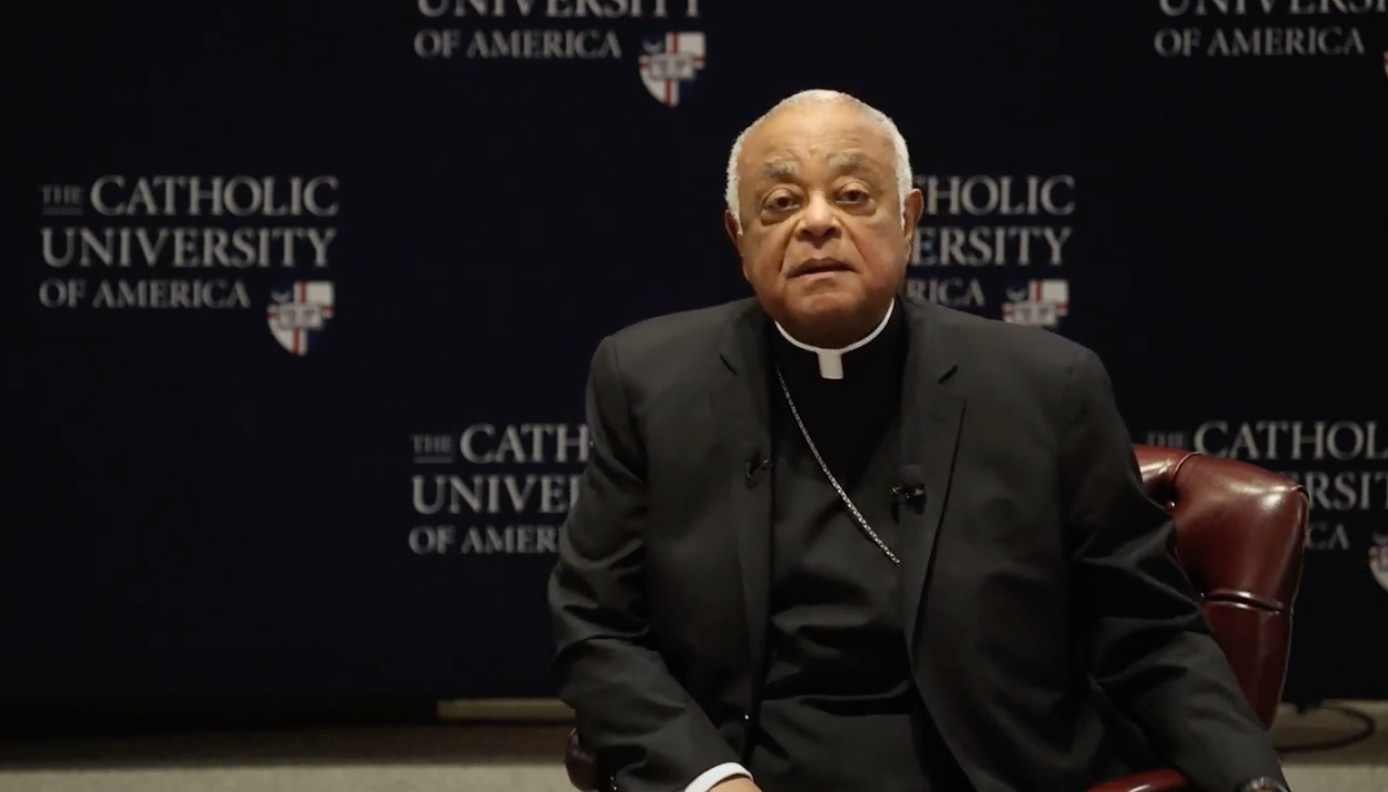Cardinal Gregory, and ‘dealing with’ priests
Can theologically 'progressive' bishops overcome a trust gap with younger priests?
Cardinal Wilton Gregory on Wednesday said that priests have caused problems in the U.S. Church by imposing their liturgical preferences on parishes, and that both he and Pope Francis are committed to addressing that problem through restrictions on the extraordinary form of the Mass.

